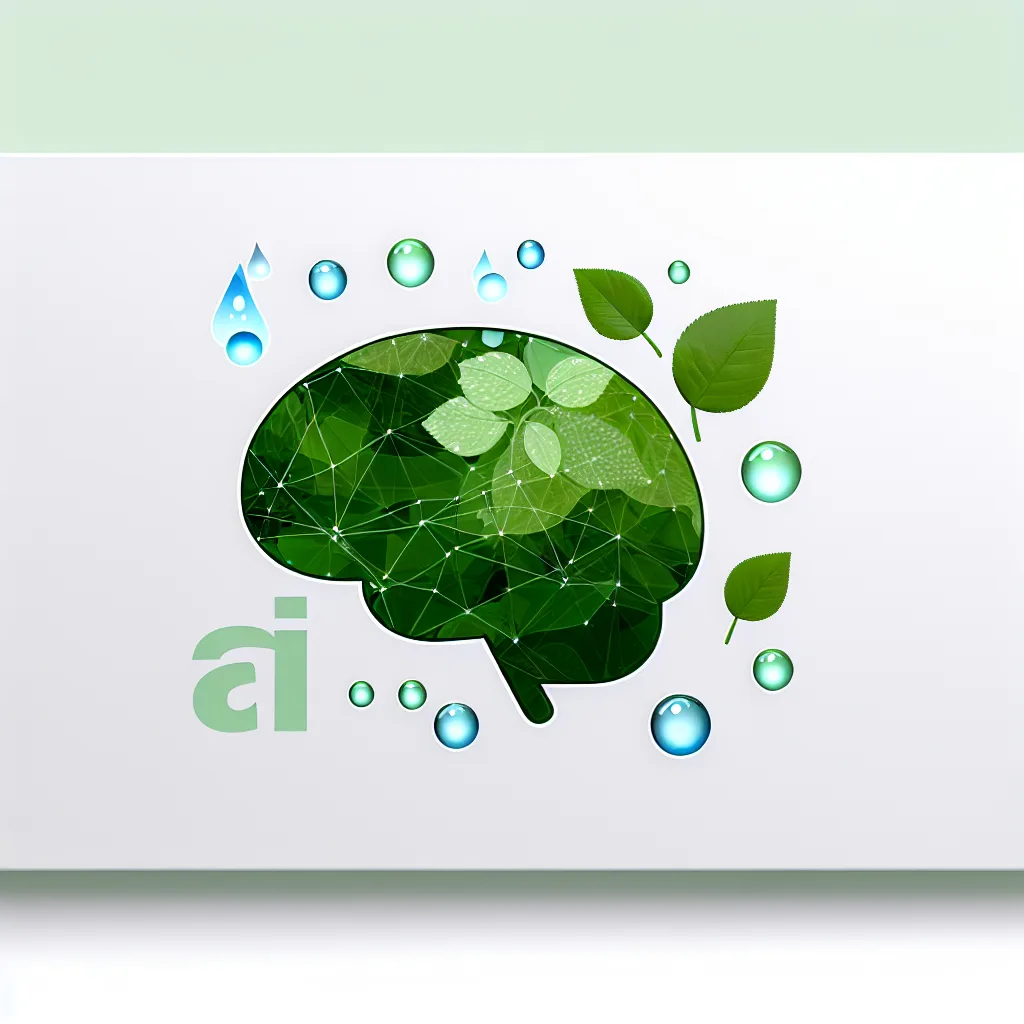Exploring the Environmental Impact of AI and How to Use It Sustainably
Lately, I’ve been wondering about eco friendly AI. You see, a story caught my attention about someone dealing with limited water resources at home, and it got me thinking — does using AI tools like ChatGPT waste water? And not just ChatGPT, but all AI? It’s a fair question. We talk a lot about saving water in daily life, but what about digital services that might be using lots of energy and water behind the scenes?
What Is Eco Friendly AI Anyway?
When we say “eco friendly AI,” we’re thinking about artificial intelligence systems designed or maintained in ways that minimize environmental impact. This includes reducing energy use, the water footprint, carbon emissions, and overall resource consumption during their development and operation.
Traditional AI models, especially large ones, rely on extensive data centers to crunch numbers. These data centers need power for servers and cooling. Cooling systems often require water, depending on the technology used. So, the rumor you might have heard about “ChatGPT using water” isn’t just a myth. It’s about the infrastructure that supports AI — like data centers needing water to stay cool. But, is this true for all AI?
Not All AI Is the Same When It Comes to Eco Impact
Big AI models like ChatGPT work on powerful servers hosted in massive data centers. Companies running these centers are increasingly aware of environmental impacts and invest in renewable energy and efficient cooling to reduce water and power use. For example, some data centers use air cooling or recycled water, aiming to be more sustainable.
On the other hand, smaller AI models or locally run AI systems use far less energy and water. So, it’s not fair to label all AI as wasteful. It depends on the size, infrastructure, and energy policies behind that AI.
How Can You Choose or Support Eco Friendly AI?
- Look for companies dedicated to sustainability. Many tech giants publish their environmental impact reports and highlight green initiatives. Microsoft, OpenAI’s partner, invests in renewable energy and aims to reduce emissions.
- Use AI intentionally and efficiently. Instead of generating endless prompts, focus on clear questions or tasks that reduce processing time.
- Support AI tools or platforms that prioritize eco design. Some newer services highlight their commitment to low energy consumption.
Why Should We Care About AI’s Environmental Impact?
AI isn’t just a cool tech trend — it’s rapidly growing and becoming part of our everyday life. That growth means more data, more servers, more energy and water use. Just like we became aware of recycling and saving electricity, it’s smart to think about digital footprints and how sustainable our tech choices are.
If you want to dig deeper, check out Microsoft’s sustainability commitments, or learn about how data centers work in Google’s Environmental Report. These resources shed light on the challenges and progress toward greener AI.
Final Thoughts
Eco friendly AI is definitely a thing, but it’s more complex than it sounds. It’s not just about one AI or another being wasteful, but how the entire system is built and maintained. So next time you wonder if your AI use is kind to the planet, consider the bigger picture: the energy, resources, and efforts behind the scenes. And remember, using AI thoughtfully and supporting sustainable practices can make a difference.
Thanks for coming on this little journey with me as we explore the eco side of AI — it’s a reminder that even in our digital lives, the environment matters. Let’s keep asking these questions and pushing for smarter, kinder tech solutions.
